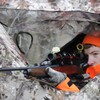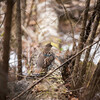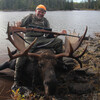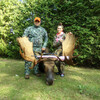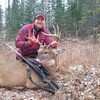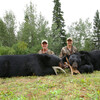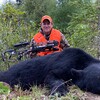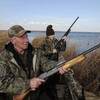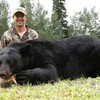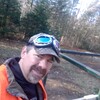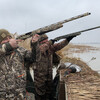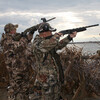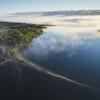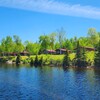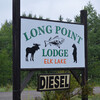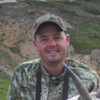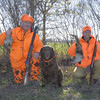
Big Bucks Behavior Surrounding the Rut
The Rut is truly the magical word that surrounds deer hunting. Many Canadian provinces and American states plan their legal hunting seasons around the famous “rut.” It’s the breeding season that only occurs once per year, and for a mere moment in time, these giant, elusive, ghost-like creatures we know as big bucks become mere mortals.
They become huntable, they make mistakes, and they throw caution to the wind.
How do we, in turn as hunters, capitalize on this? Well, for one, be in the woods. The more time you spend in the woods, the better the chances of lady luck smiling on you. I truly believe that no amount of skill or tactic can make up for luck and time in the woods.
All bucks, young or old, will be affected by the rut. Their testosterone levels hit an all-time high during the year; they are on their feet and looking to establish dominance, and through that process, hoping to breed willing does. Magically, does come into estrous this same time of year for the very first time since conceiving last year’s fawn. That doe is looking for a partner. The combination of the two creates the magical “rut.” Each doe comes into estrous at slightly different times, but it can be similar to deer around her. This can create a longer or more drawn-out rut.
A buck feels this is happening and starts searching bedding areas all throughout his core area looking for does that are close when he finds one close or in estrous, he stays with her in hopes to breed. Other bucks are doing the same, hence the fights and competition for breeding rights. When a buck wins the right to breed a doe, he could stay with her for a 24- to 36-hour period, breeding her dozens of times. Many cases have shown that different bucks have sired twin fawns. That tells you the level of competition to breed when the rut is on.
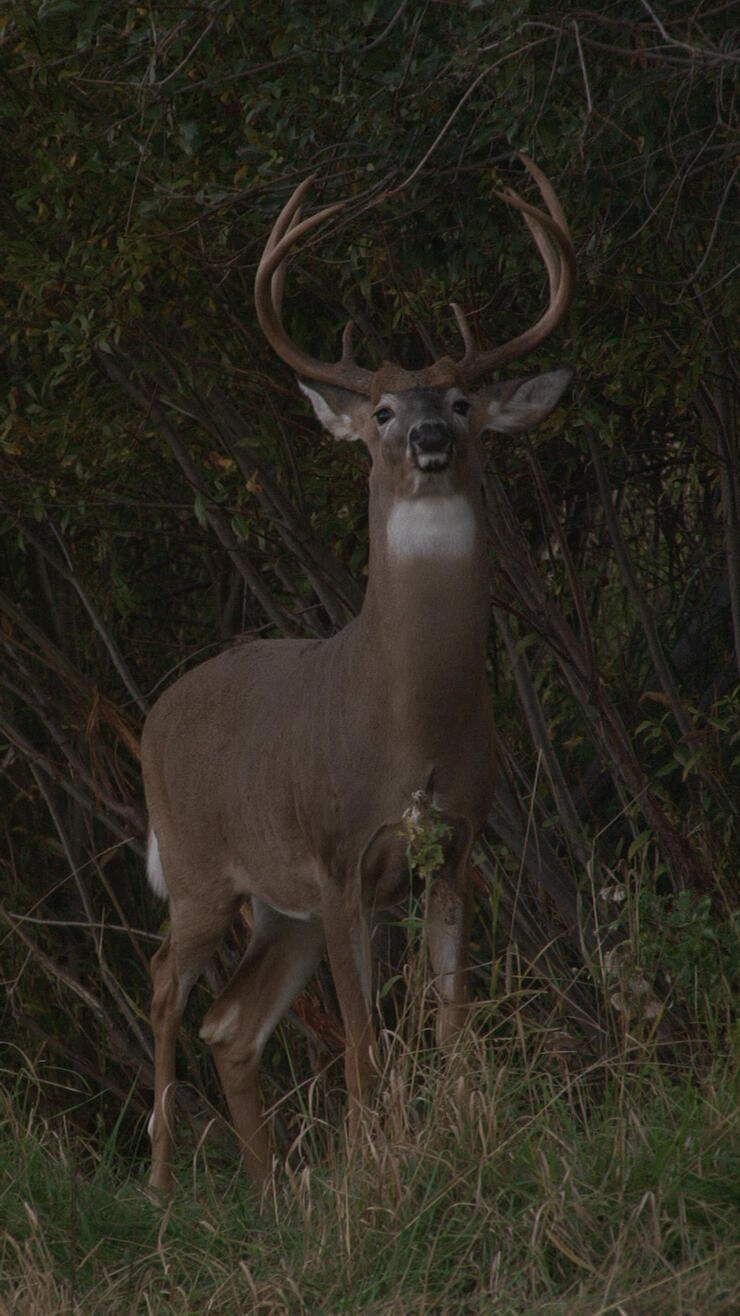
OK, how do hunters capitalize on this knowledge? First, you know that in the days and even weeks leading up to the rut, bucks are starting to establish dominance and cover more ground to do so. Bucks young and old are rubbing trees with their antlers, leaving scrapes, and licking branches above them with scent on the branch and urine in the scrape. This lets others know who is in the area; it’s a signpost that does visit as well. This makes for a great time to use aggressive grunting and rattling techniques. Just grunt and rattle: together, apart, quiet, loud, long, short. Just do it! It’s a wonderful thing; then, put the calls down immediately, pick up your bow or gun, and watch and listen. If there's nothing, wait 15-20 minutes and repeat. This technique can be used all through the rut, but I like it best pre-rut, before the tending phase really kicks in.
We also know that bucks are constantly in search of does in heat; they will travel nonstop at times, searching until they find one. So, hunt corridors, funnels, and narrow pinch points. These travel routes will certainly up your odds. If you have seen big bucks move through areas in past years, chances are there was a reason. If you're in farming-populated areas, low-light movement will be best. If you're in the big northern woods, 10 am to 2 pm is a wonderful time to see bucks on their feet. We have proved it so many times seeing action then.
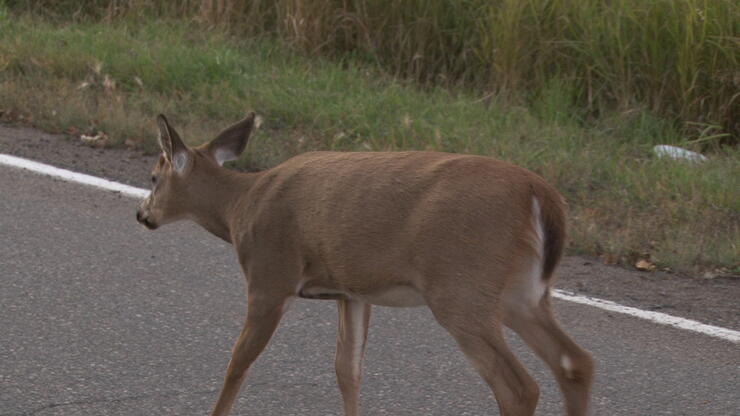
We also know that when a buck finds a hot doe, he stays with her locked down for a long time. Use this to your advantage if you see a buck near your property at dark, in the headlights of the truck, at a distance while hunting. Stay in that area. He could very well be right there. We watch so many bucks hide in a small thicket for an entire night and or day with one doe, never moving more than 30 yards. If you know he’s in there, be patient.
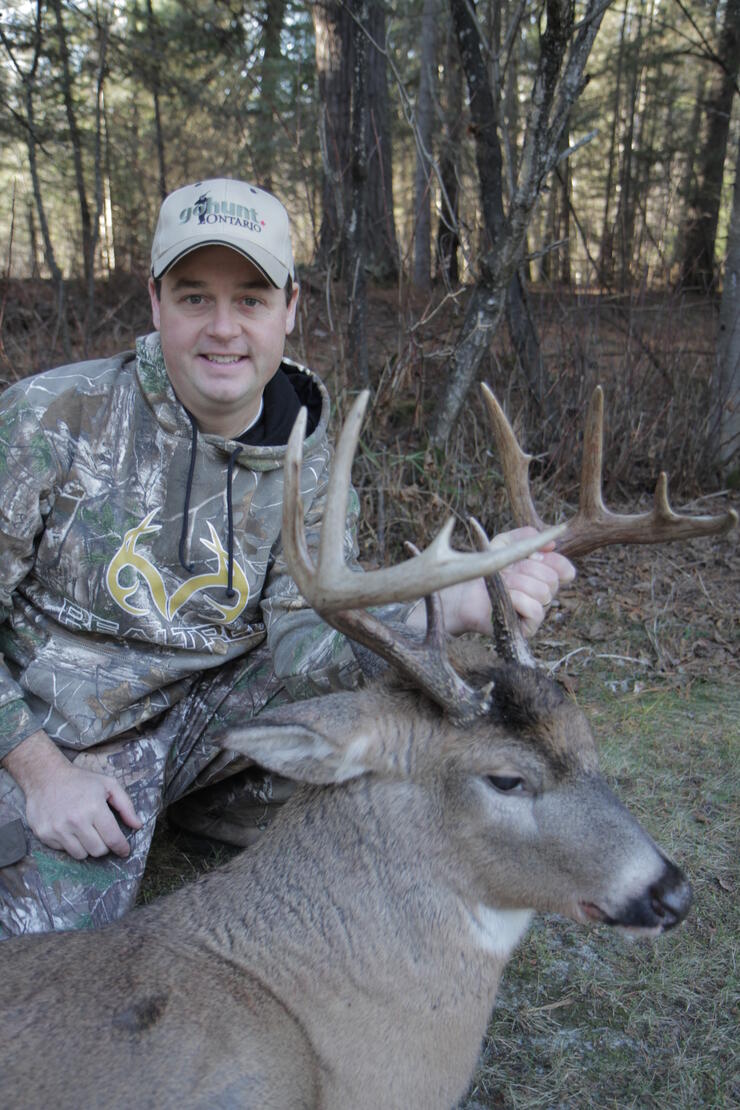
Enjoy the rut and hunt as long as you can. Good hunting!
Recommended Articles
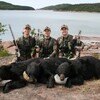
Ontario's Big Black Bears
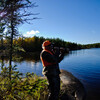
Fly-In Moose
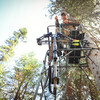
Setting up for Bear
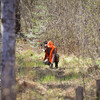
Hunt the Grass
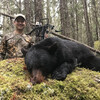
Spring Bear Hunt at Hillsport Hillton
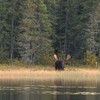
Moose Hunting in Ontario
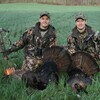
Turkey Time
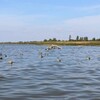
A Duck Hunting Bonanza
First Class Duck Hunt
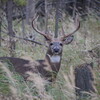
Spring Scouting
Deer Hunting in Sunset Country
Hunting Water for Moose
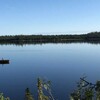
Brace Lake Outfitters
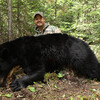
Thunderstock Outfitters Spring Black Bear Hunt
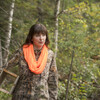
Becoming a Trapper
Is an All Day Deer Hunt Worth It?
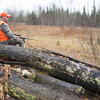
The Lows and Highs of a Deer Hunt
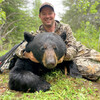
Spring Bears with Canada in the Rough
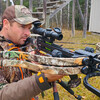
A Whitetail Hunt with Border Country Outfitters
